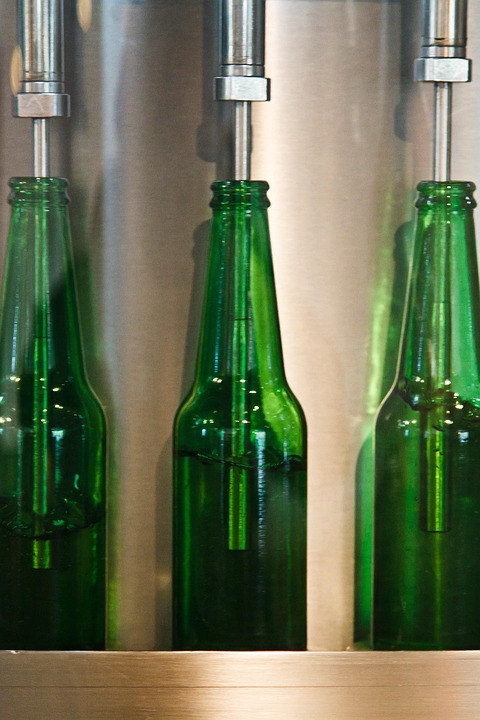Introduction
Plastic bottling innovation has become a key focus for companies looking to reduce their environmental impact while maintaining the convenience and affordability of plastic packaging. Two main areas of innovation in this field are recyclability and material reduction. In this report, we will explore how companies are leveraging these strategies to create more sustainable plastic bottles.
Recyclability in Plastic Bottling
Current Challenges
One of the main challenges in the plastic bottling industry is the low recycling rates of plastic bottles. According to the Environmental Protection Agency, only about 29% of plastic bottles were recycled in the United States in 2018. This low rate is due to a variety of factors, including inadequate recycling infrastructure, consumer confusion about what can be recycled, and the lack of standardized recycling labels on packaging.
Innovations in Recyclability
To address these challenges, companies are investing in innovations that make plastic bottles more easily recyclable. One key development is the use of monomaterial packaging, which consists of a single type of plastic that can be easily recycled without the need for separation. This reduces the complexity of the recycling process and increases the likelihood that the plastic will be recycled.
Another innovation is the use of recycled content in plastic bottles. By incorporating recycled plastic into new bottles, companies can reduce the demand for virgin plastic and create a more circular economy for plastic packaging. This not only reduces the environmental impact of plastic production but also helps to create a market for recycled materials.
Material Reduction in Plastic Bottling
Current Trends
In addition to recyclability, companies are also focusing on reducing the amount of material used in plastic bottles. This not only decreases the environmental impact of production but also reduces costs for manufacturers.
Lightweighting
One common strategy for material reduction is lightweighting, which involves using thinner walls and less plastic in the production of bottles. This not only reduces the amount of plastic used but also makes the bottles lighter and more efficient to transport, further reducing their carbon footprint.
Innovations in Material Reduction
Companies are also exploring new materials and technologies to further reduce the amount of plastic used in bottles. For example, some companies are experimenting with biodegradable plastics made from plant-based materials, which break down more easily in the environment than traditional plastics.
Industry Insights
Financial Data
The global plastic packaging market was valued at $364.66 billion in 2020 and is expected to reach $494.99 billion by 2027, growing at a CAGR of 4.3% during the forecast period. This growth is being driven by increasing demand for convenience packaging and the rise of e-commerce, which requires durable and lightweight packaging materials.
Key Players
Some of the key players in the plastic bottling industry include Coca-Cola, PepsiCo, Nestle, and Danone. These companies are investing in sustainable packaging solutions to reduce their environmental impact and meet consumer demand for more eco-friendly products.
Conclusion
In conclusion, plastic bottling innovation is crucial for reducing the environmental impact of plastic packaging. By focusing on recyclability and material reduction, companies can create more sustainable bottles that are easier to recycle and require less plastic to produce. With ongoing investments in innovation and technology, the plastic bottling industry is poised to make significant strides towards a more sustainable future.




